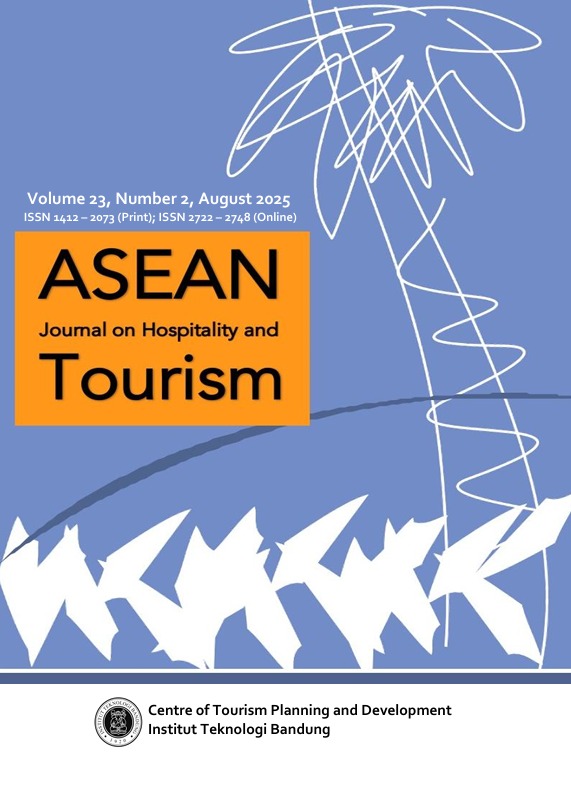About The Journal:
The main purpose of ASEAN Journal on Hospitality and Tourism is to advance and foster tourism and hospitality education, research, and professionalism in the Southeast Asia region and emerging economies in its surroundings. The journal provides a vehicle for increasing awareness, consideration and analysis of issues in tourism and hospitality, and also promotes the interchange of ideas, and comparative studies, both within the countries of the region and between these countries and other parts of the world.



























